Go Fish
Gray Stanback
Lake Norman—the huge artificial lake that Davidson borders—is renowned for its fishing. Every day, people rent boats to venture out onto the lake in pursuit of the lake’s plentiful population of freshwater fish, most of which are native to the surrounding area. And despite its name, the Davidson Lands Conservancy is also involved in the conservation of aquatic life. One of the preserves that the Conservancy has set up is located on Lake Davidson, a tributary of Lake Norman separated from it by a highway.
Some of the most abundant fish in the lake include bluegills and crappies (also known as calico bass), both of which are members of the sunfish family. Both of these are medium-sized, disc-shaped fish that feed on bottom-dwelling crustaceans. They are ambush hunters, lurking in tangled underwater thickets before lunging out to seize their prey. During the spring, they dig nests in the lakebed in which to lay their eggs, which are then guarded by the male until they hatch.
The bluegill and the crappie are both preyed upon by their larger relative, the largemouth bass. The largemouth bass is a voracious hunter that feeds not only on other fish but also on frogs, snakes, birds, and rodents. It is one of the most prized fish by fishermen in North Carolina and other southeastern states, and is virtually a symbol of freshwater fishing. Closely related to the largemouth bass, but smaller and generally considered more aggressive by fishermen, is the smallmouth bass. It resembles the largemouth bass in most respects, but is light brown in color as opposed to the largemouth bass’s greenish-black. It also generally does not hunt such large prey; indeed, on occasion a largemouth bass may eat a smallmouth!
The largest fish encountered in the lake are the blue catfish, which can grow up to five feet long in some cases. These slow-moving fish are bottom-dwelling scavengers, and therefore are not generally regarded as providing much sport by recreational fishermen (a small but dedicated catfishing community does exist, however). Unlike the other fish mentioned here, blue catfish are not native to North Carolina, but were introduced when the artificial lake was stocked with fish. As an interesting aside, there are some amusing “fish stories” from Lake Norman of a colossal catfish—said to be the size of a car– who evades fishermen and terrifies dam inspectors. Needless to say, there are no good reasons for taking this seriously.
Also present, but not fished for by fishermen, are the various small fish often collectively called “minnows”. In reality, only a few species have this name. The rest are called such diverse names as shiners, shad, and suckers. All of these are detritus-eating scavengers or predators of tiny crustaceans, and they are in turn preyed on by most larger fish.
Of course, these fish have far more value than being targets for fishermen. Lake Norman may be an artificial lake, but the ecosystem it contains is the closest thing most of us in Davidson will ever see to a truly “natural” freshwater environment, with all that entails. The fact that big fish like bass and catfish still survive in the lake despite its intensive use is a good sign, and it means that the lake’s ecosystem is complete enough to be able to support these animals. This is proven by the presence of herons, ospreys, and other fish-eaters that can only survive in a healthy environment.
The conservation of freshwater fish highlights one of the great truisms about nature. It is much easier to conserve wildlife if you, too, can benefit from doing so. By protecting the fish in Lake Norman and Lake Davidson, we have ensured that the places we use for recreation will survive a long time into the future.


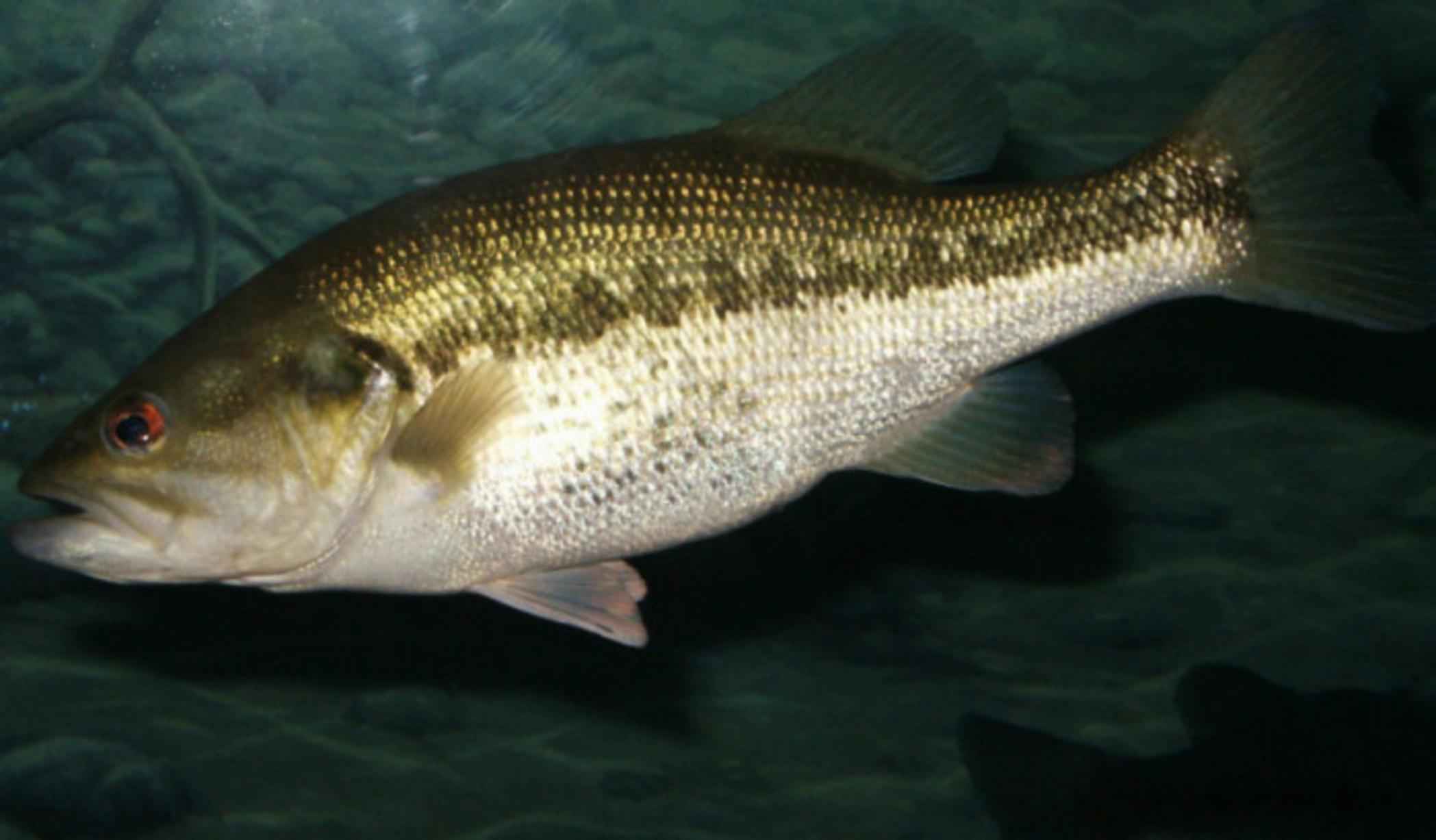


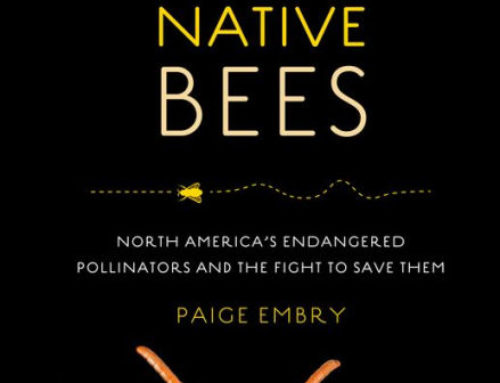
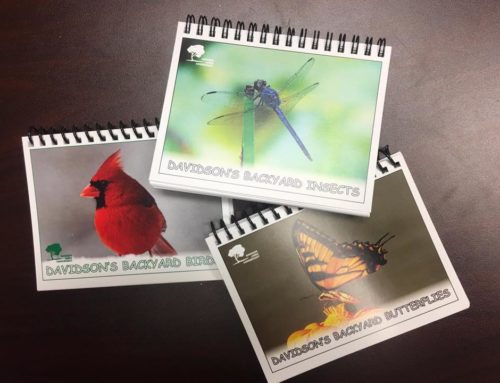

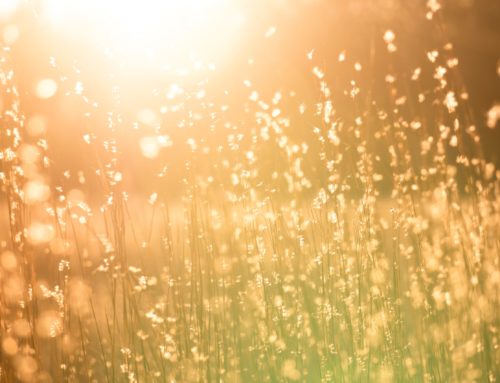
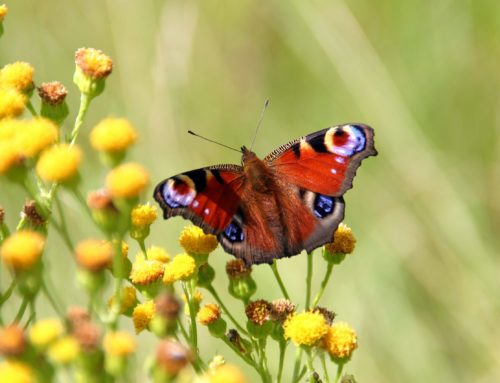
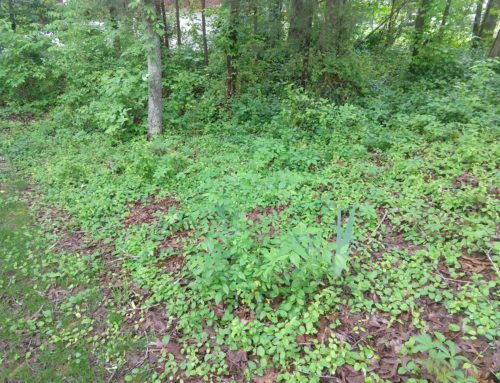
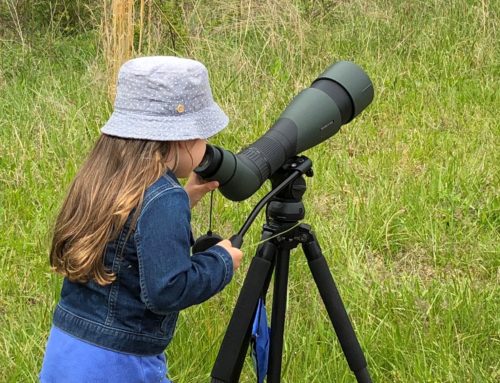
Leave A Comment